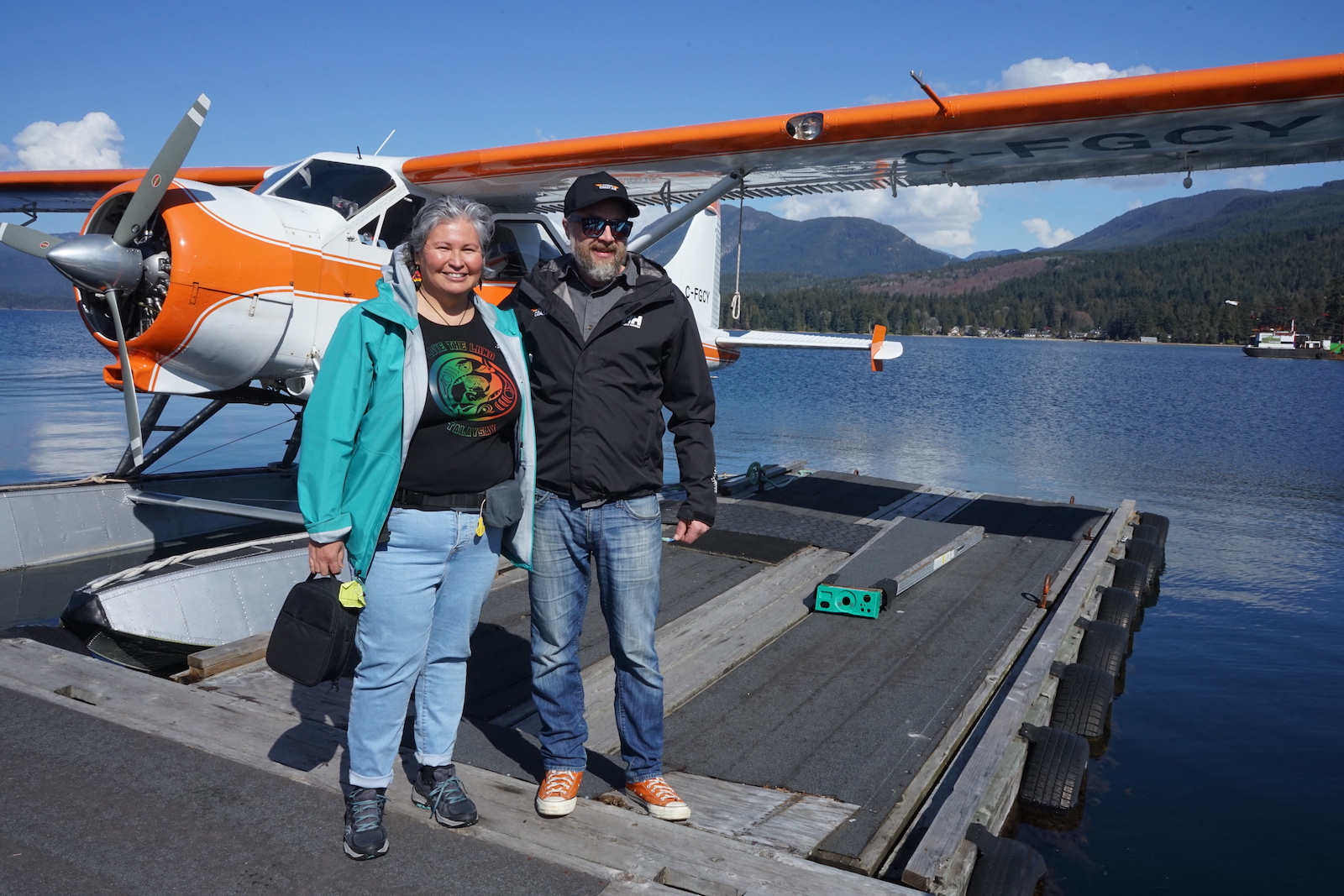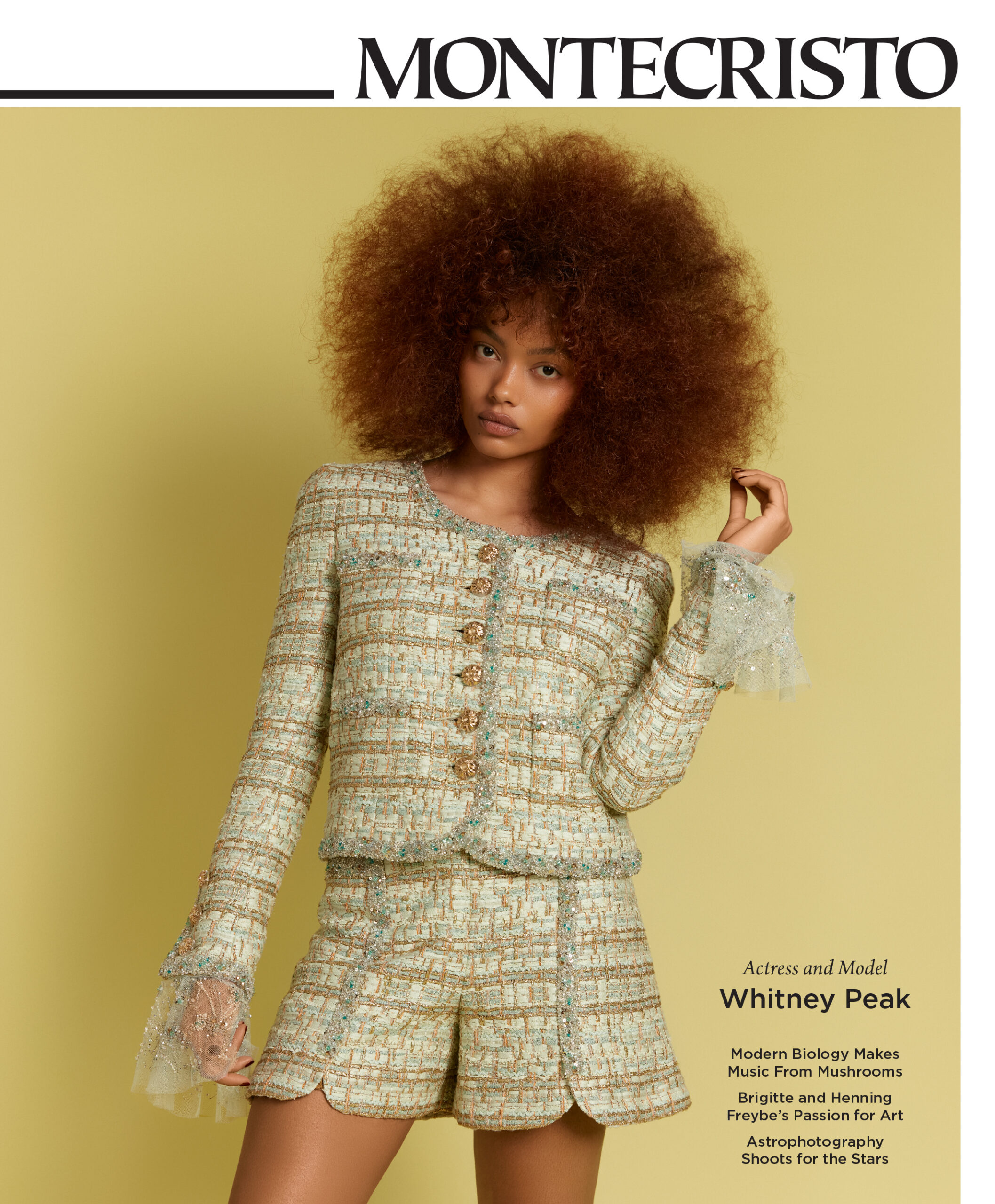As we reflect on continued reconciliation efforts across Canada, here are some of our recent stories focusing on Indigenous arts, culture, and community.
Sen̓áḵw’s Blueprint for Vancouver’s Indigenous Development Future
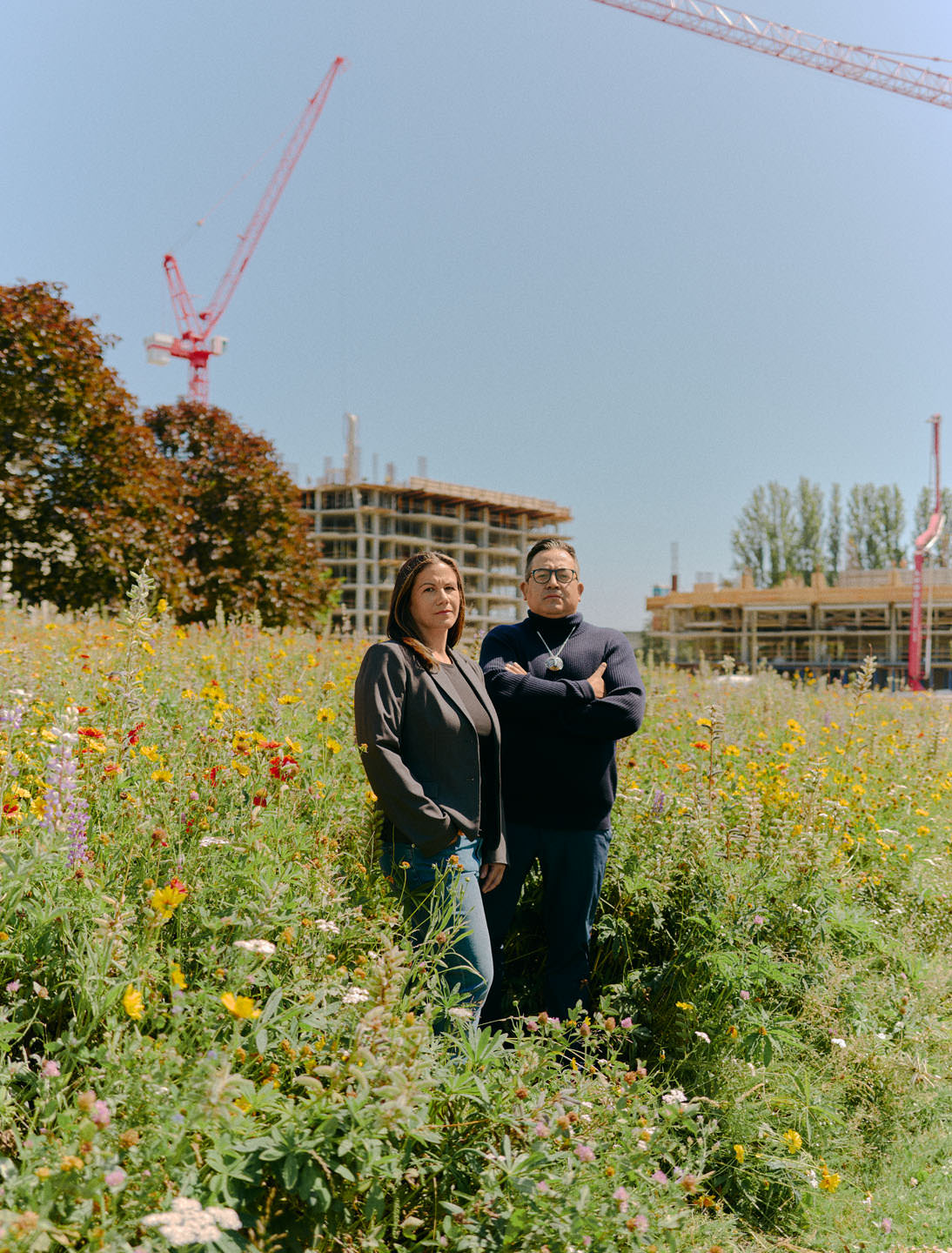
Mindy Wight and Sxwíxwtn (Wilson Williams). Photo by Evaan Kheraj.
Flanking the southern end of the Burrard Street Bridge, an ambitious new housing development of glass and copper glimmers in the sunshine. Over the next few years, this neighbourhood of 11 towers and 6,027 rental homes—including more than 1,200 below-market units—will rise with slope-sided buildings evoking mountains and taller skyscrapers suggesting vertical longhouses. “Sen̓áḵw is going to be a gateway to downtown Vancouver,” says Sxwíxwtn (Wilson Williams), spokesperson and council member of the Sḵwx̱wú7mesh Úxwumixw (Squamish Nation), describing his nation’s plans for this modern village. Read more.
Vancouver Artist Rebecca Belmore Is Challenging Our Complacency
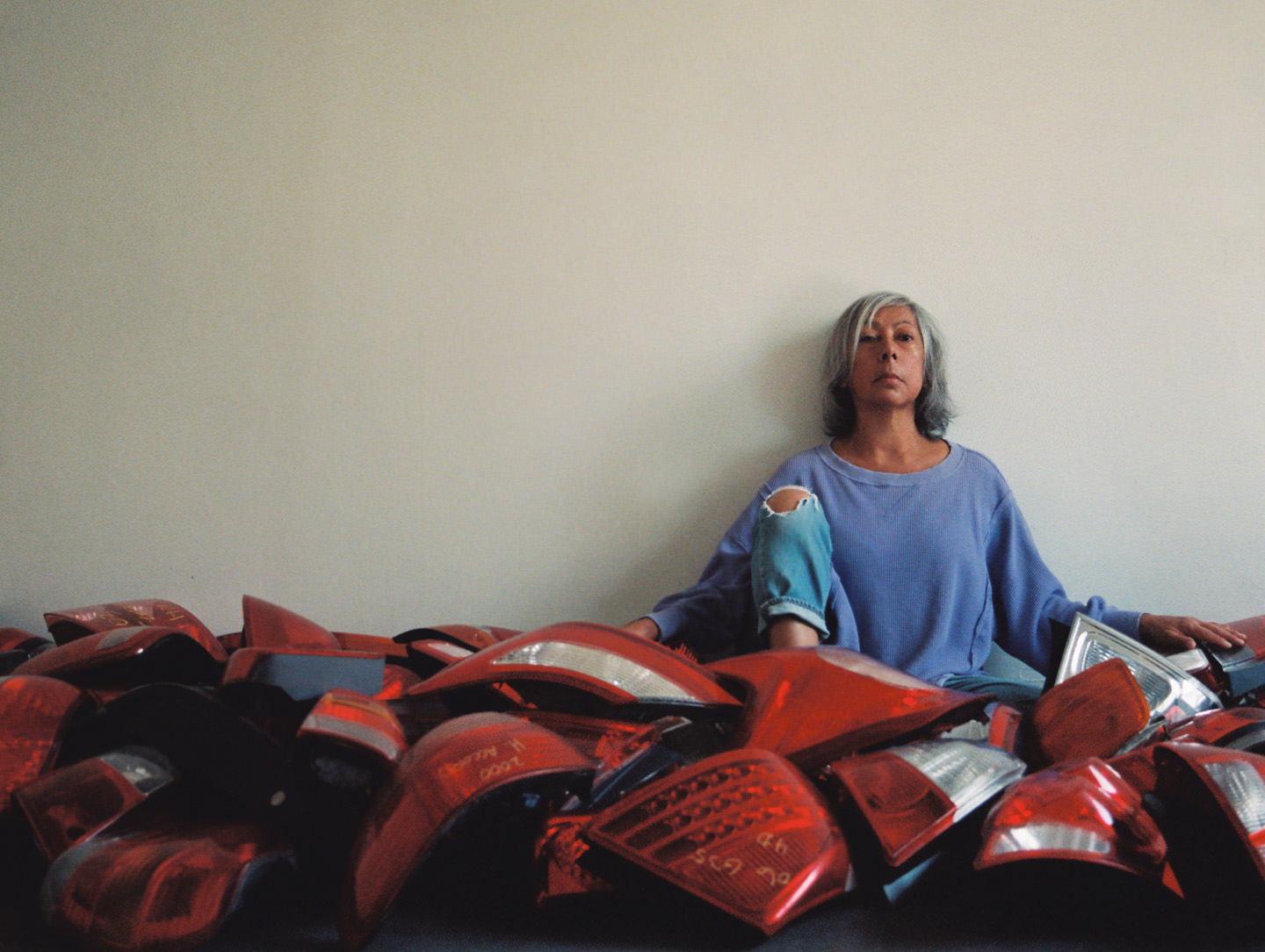
Belmore’s vision is rooted equally in her Anishinaabe heritage and her contemporary experience. What she makes is informed by a deep, natural wisdom about our relationship to the world, and she unapologetically challenges our complacency about how we got into our current state. The question she most hates to be asked: “What’s your message?” She laughs in frustration and mock shouts her reply: “Wake up!” Read more.
UBC’s Groundbreaking Indigenous Teacher Education Program Turns 50
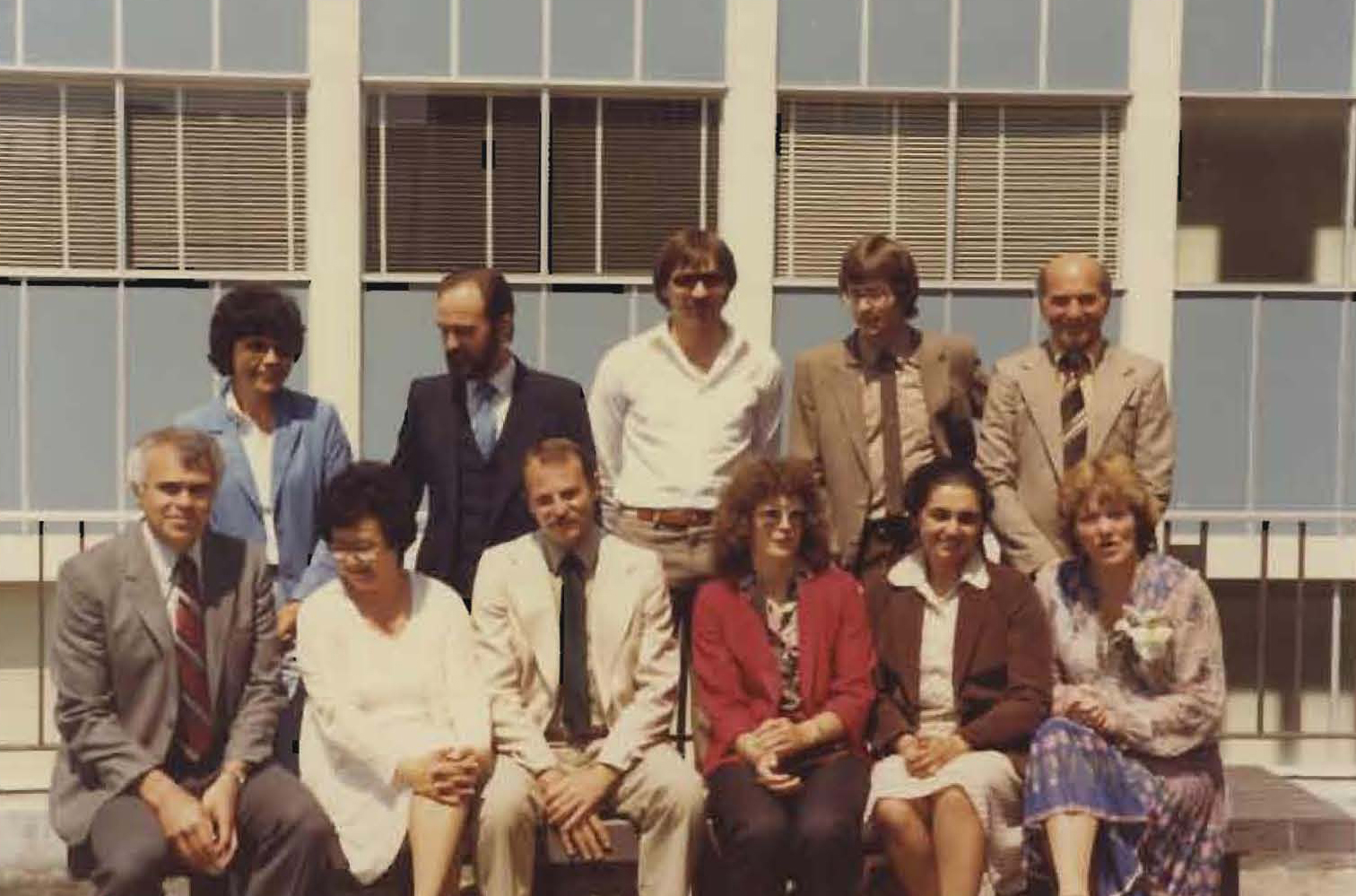
NITEP staff outside the Scarfe building at UBC in the early 1980s. Back row (left to right): Patti McMillan, Art More, Gus Agostinis, Terry Hood, Val Friesen. Front row: Roger Smith, Verna J. Kirkness, Dana Andrews, Jackie Agostinis, Nirmal Bawa, Bev Berger. Courtesy of NITEP Archives/Flickr page.
When she switched from sciences to the Indigenous Teacher Education Program in her second year at the University of British Columbia, Bailey Johnson hoped to feel less isolated on campus. She didn’t expect the move to completely transform her life. “It was kind of like a breath of fresh air to feel safe in a space and safe in the educational system—and for that part of myself to be honoured and not ignored.” Read more.
Jasper National Park Drove Indigenous People From Their Land. Now They’re Coming Home
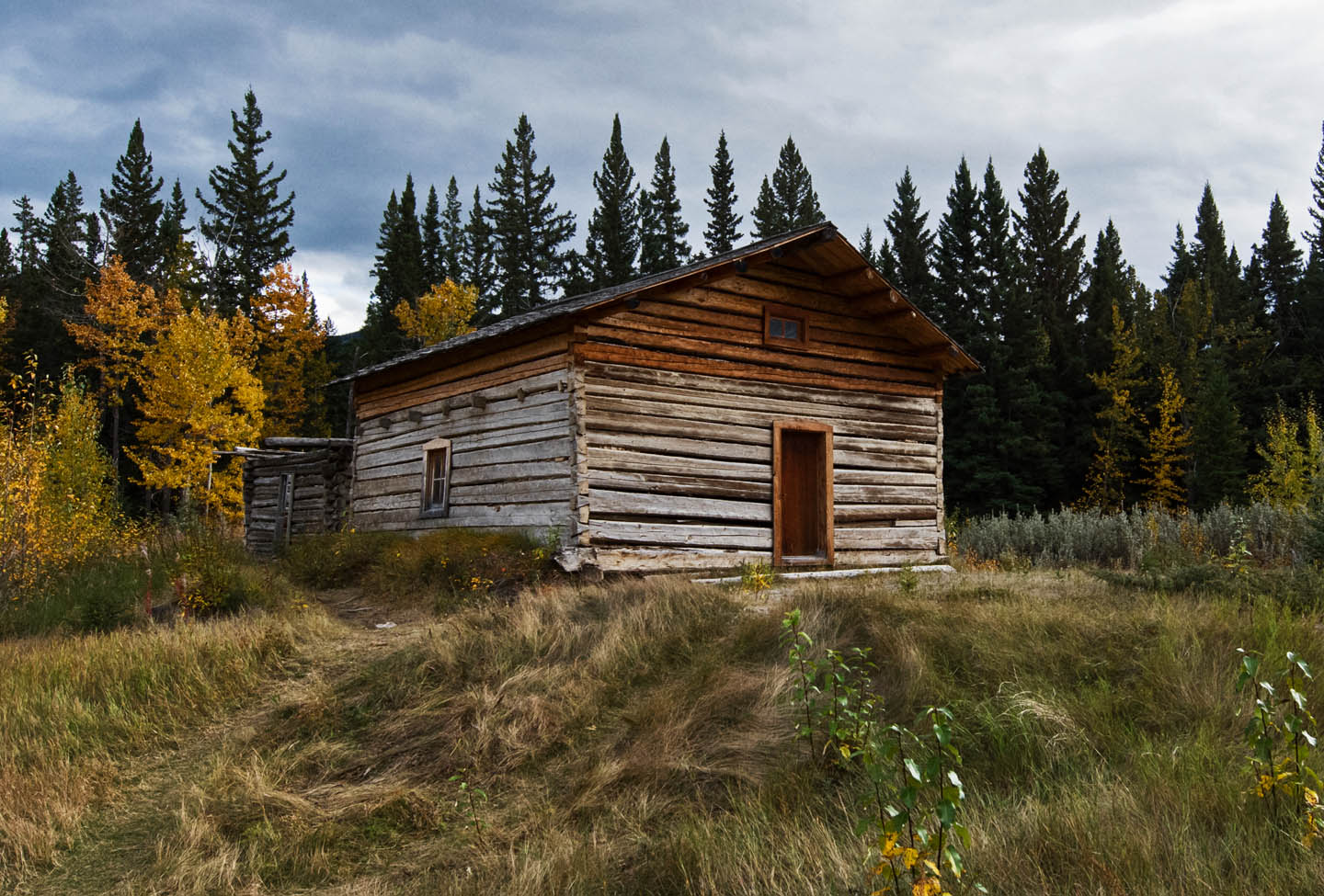
Photo courtesy of Parks Canada.
“There’s a story missing,” says Lauren Moberly. Despite clues scattered across the 11,000 square kilometres of Jasper National Park’s forests, lakes, and mountains, Moberly, a member of the Aseniwuche Winewak Nation and the Mountain Métis, says many visitors overlook them. Some of the story lies in the park’s more than 700 archaeological sites, while other parts are hidden in plain sight: an abandoned homestead, scattered graves, and the trail that became Highway 40 to Grande Cache. Read more.
A Narrated Aerial Tour Through the Sunshine Coast’s Indigenous History and Culture
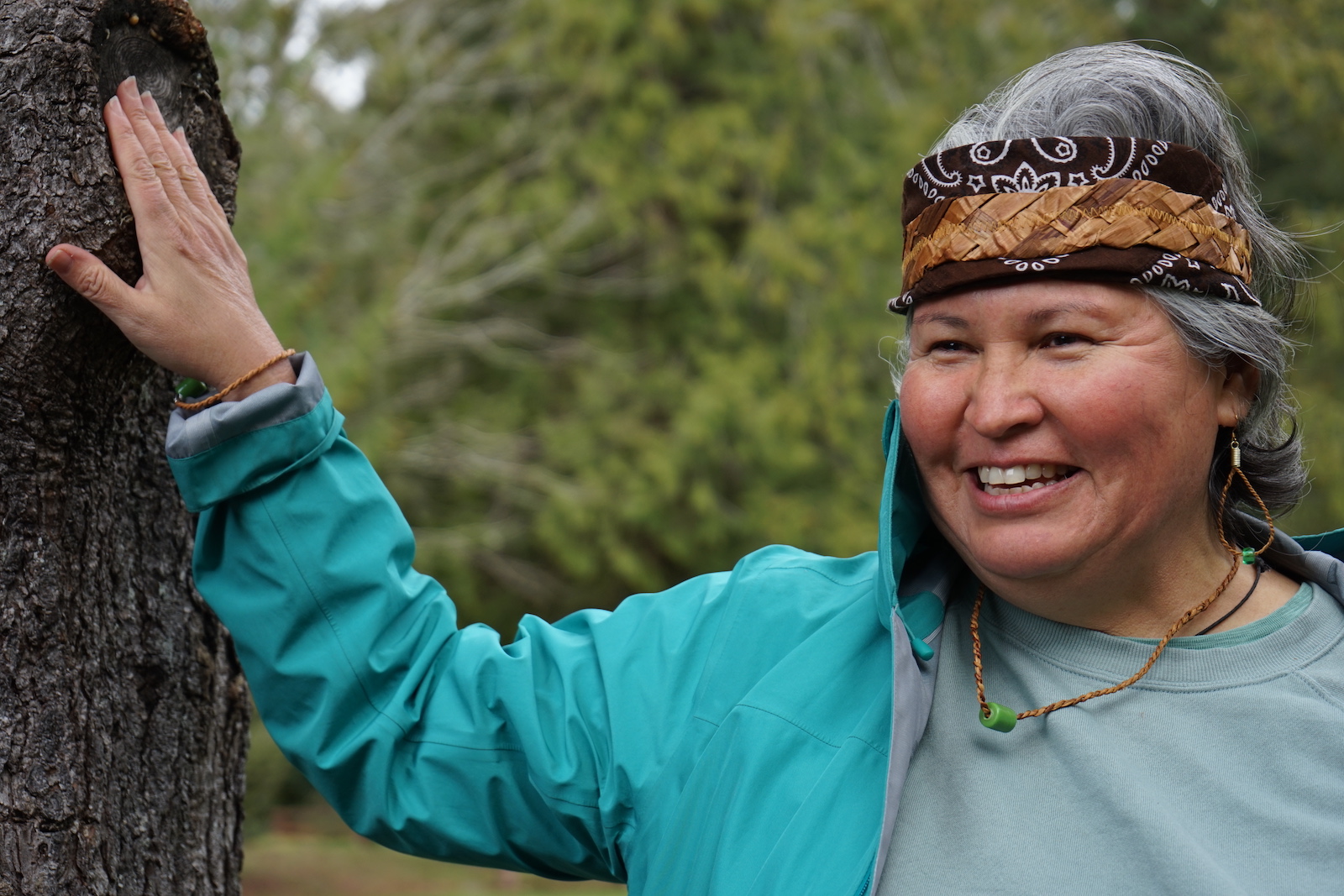
Candace Campo on her Talking Trees tour in Porpoise Bay Provincial Park. Photo by Barb Sligl.
I’m on the Talaysay Land, Sea & Air Audio Tour, listening to Candace Campo’s voice. Her soft lilt is hypnotic. I hear stl’íxwim (Narrows Inlet), skúpa (Salmon Inlet), lékw’émin (Jervis Inlet), sxwélap (Thormanby Island), and I feel like I’m flying, not only over the here-and-now but also back through time to when this world was created. Local legends, sea creatures, and wildlife come alive through Campo, a member of the shíshálh (Sechelt) Nation. Read more.
Read more stories of Indigenous art, culture, and leadership.
